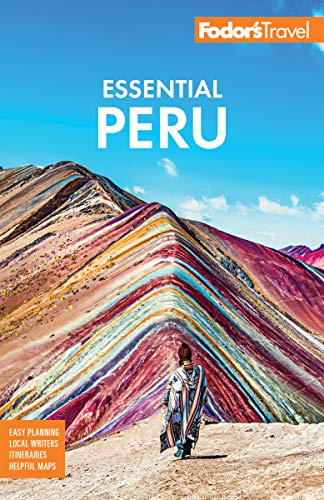Wildlife in Peru
Some of the most distinctive flora and fauna in the country live in protected areas near Máncora and Tumbes. Luckily, you can visit these important ecological areas, but only with an experienced guide hired through a reputable tour operator. Don't believe anyone who tells you they can bring you there and back in an hour from Piura—they are probably referring to Puerto Pizarro. Most wildlife excursions in northern Peru involve extensive driving, as well as hiking, camping, and battling mosquitoes. Including these areas in your itinerary isn't always possible, but if you get the chance, the experience can be memorable.
Santuario Nacional Los Manglares de Tumbes: Crocodiles and a diverse collection of birds live in this mangrove reserve. Accessible only by unmotorized boat, this swamp forest is situated where the ocean water and river water meet, making for some of the most fertile ecosystems on the planet.
Parque Nacional Cerros de Amotape: This national park was created to protect the equatorial dry forest and its inhabitants. Living here are condors, pumas, boa constrictors, and approximately 100 other species of mammals, reptiles, and birds.
Zona Reservada de Tumbes: Dry and humid forests exist together in this protected zone, making it one of the more interesting areas to explore in Peru's extreme north. Because much of the flora and fauna are in danger of extinction, the park has great ecological importance.




